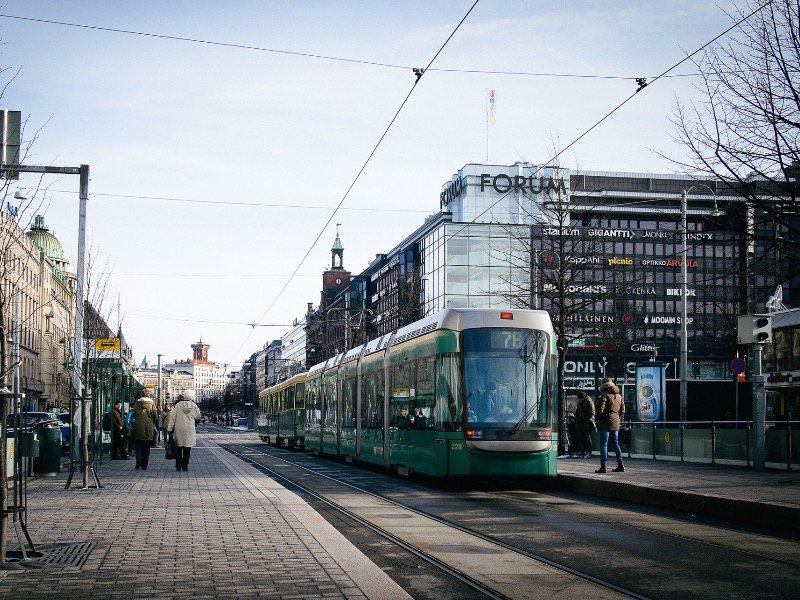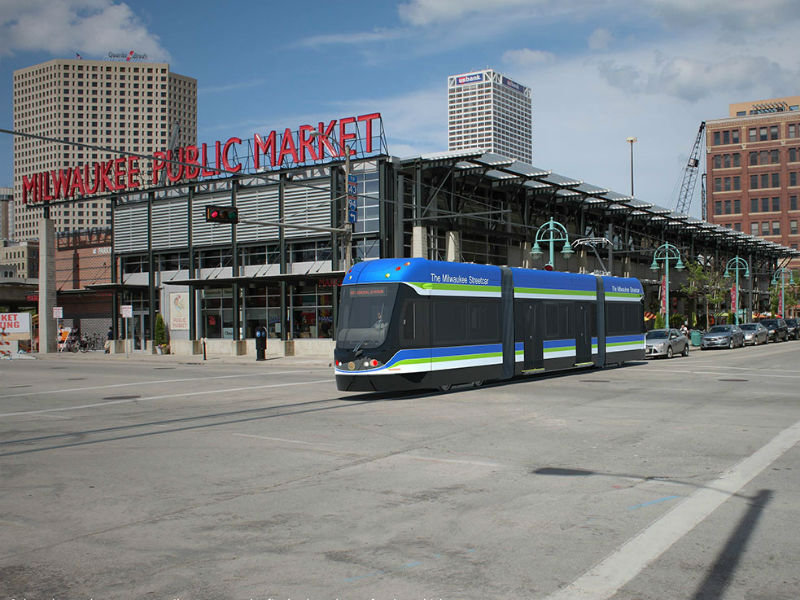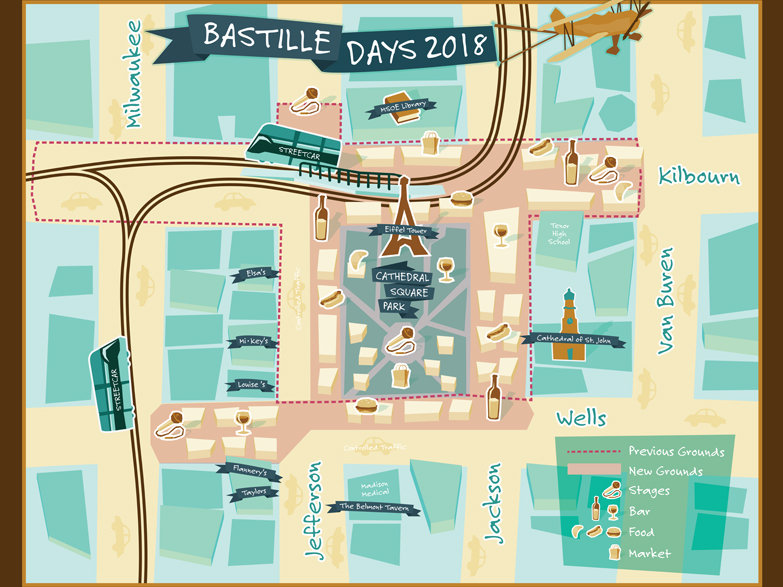The Reasonable Alternative to the Downtown Streetcar
Statement from Ald: Joe Davis, Sr.:
It’s time to put rhetoric aside and place a proposal on the table on why the African American community should defeat the downtown Streetcar system and require Mayor Barrett to invest the $55 million of federal funding in the area of greatest need. Let’s focus on the longstanding allocation from the federal government to the Milwaukee area that recognized that the minority community needed an improved transportation system for employment opportunities based upon our negative unemployment and poverty rate, and that development was occurring in the suburban communities around the Milwaukee metro area.
Proponents of the downtown Streetcar project WILL NOT tell you that the 30th Street Industrial Corridor has an existing rail line, and right-of-way, that runs from the I-94 corridor north to the northwest side boundaries of the City of Milwaukee with multiple junctions that could be used, and modified, for passenger rail transportation. Now, before the critics start saying this can’t be done, the City of Austin has a similar system where the passenger rail system runs during the day, while the goods and services of cargo runs during designated evening schedules; a partnership! This is REALLY where the federal funding should be put first as a starter system because it would serve the original intent, getting a segment of the minority community to employment opportunities.
The downtown Streetcar proposal has a $7.5 million taxpayer appropriation for a maintenance facility downtown, but the Century City site has an existing maintenance facility that the City of Milwaukee already has money invested in from the creation of the Century City tax incremental district at the former Talgo site. So why aren’t we fighting to fund transportation in the community of greatest needs which would spur tremendous economic and redevelopment opportunities in adjacent distressed neighborhoods along the corridor, energize business growth for long term and permanent employment opportunities for area residents, and put the funding where it was intended to be, and serving the population it was intended to serve.
Furthermore, the downtown Streetcar proposal has a taxpayer cost of $100 million for the tracks to be installed for the proposed project. In the 30th Street Industrial Corridor, there are existing tracks for rail that are not in the public right-of-way and will serve the purpose of a system that can be faster and will not impede vehicular or pedestrian traffic. Also for example, the rail overpass at Capitol Drive, between 34th Street and Hopkins Street, could be a signature transportation plaza which may allow us to work with the State of Wisconsin for development grants because Capitol Drive is a state highway (Hwy. 190). Best of all, all of this work can be done with no liability to the taxpayers for expensive utility relocations.
I’m disappointed in the self-defeating attitude of leaders who say if it is not used downtown and not used on the Streetcar project, that the USDOT would allocate the funding to go somewhere else. Our expectation should be that USDOT sent the federal funding to us for a specific reason and we intend to keep our commitment to the original requirement of addressing the transportation needs for the City of Milwaukee’s minority community. Site Selector Magazine indicated that transportation infrastructure ranks number two on the top 10 "Most Important Site Selection Criteria for Employers," which is essential for Milwaukee to attract manufacturing and industrial based companies to the 30th Street Industrial Corridor.
Finally, the proposed scheme of the downtown Streetcar project that takes $40 million of funding from the Milwaukee Public Schools is disingenuous and detrimental to the same population of children we condemn to some of Milwaukee’s violent neighborhoods. Milwaukee’s longstanding economic and social conditions of poverty, unemployment, and mass incarceration have plagued areas of this city for far too long and we have an opportunity to give a shot of reality to those who continue to minimize the areas of greatest needs and then try to justify it by saying, "We'll get to you later."
We can’t wait.







